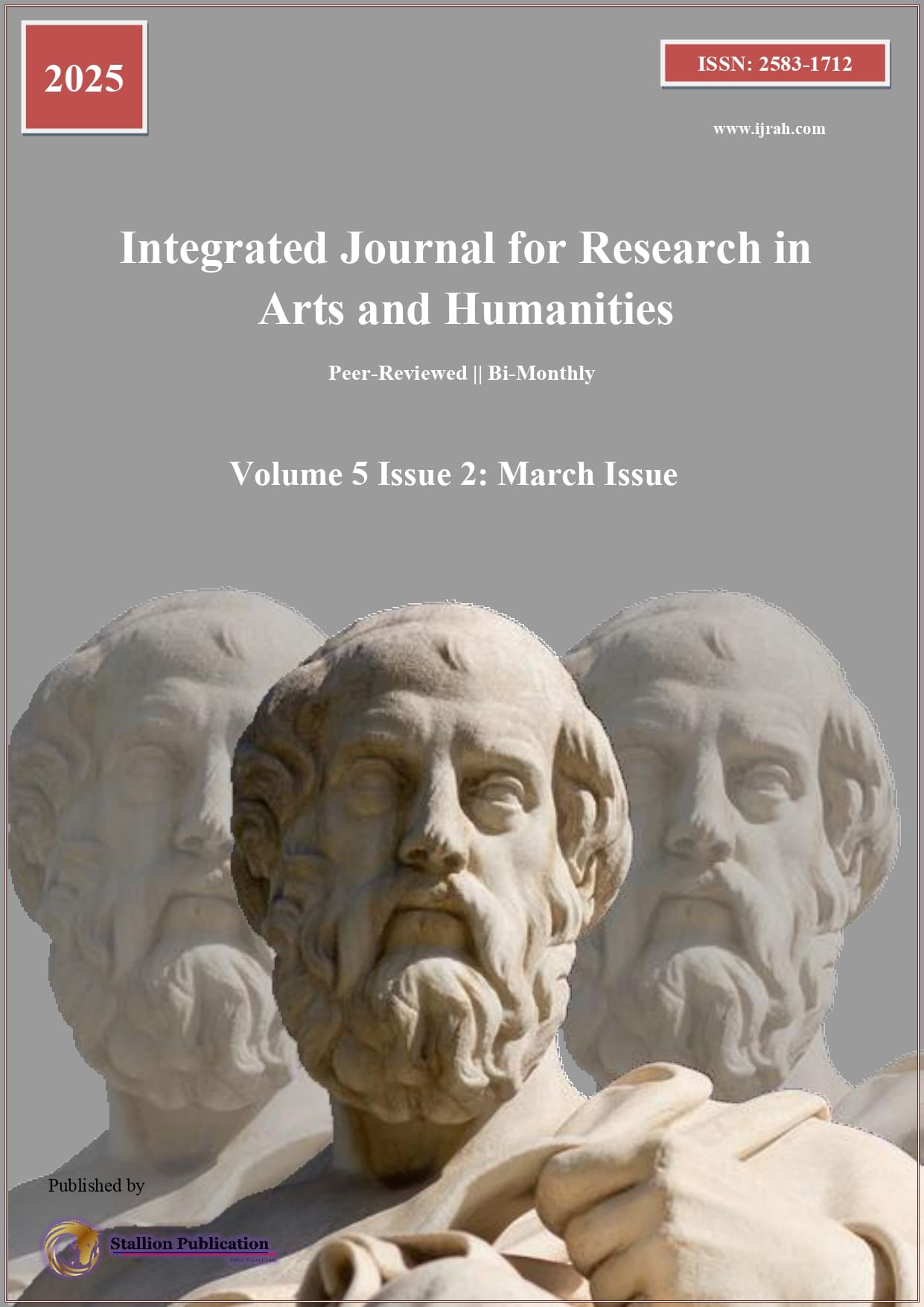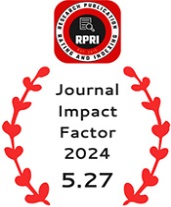Diagnostic Tests and their Use: A Descriptive Study
DOI:
https://doi.org/10.55544/ijrah.5.2.24Keywords:
Diagnostic Testing, Language Assessment, English Language TeachingAbstract
This study explores the significance and application of diagnostic tests in English language teaching. Diagnostic tests serve as essential tools for identifying students’ strengths and weaknesses, enabling teachers to tailor instruction and enhance learning outcomes. The paper discusses theoretical perspectives on testing, emphasizing the role of diagnostic assessments in curriculum design and student motivation. It highlights the challenges associated with test construction, the impact of testing on learners’ attitudes, and strategies for effective evaluation. The findings suggest that well-designed diagnostic tests can facilitate more targeted teaching interventions, improving students’ language proficiency and overall learning experience.
Downloads
Metrics
References
Birjandi, P., Bagheridoust, E., & Mossalanejad, P. (2006). Language Testing. Third Edition
Heaton, J. (1990). Classroom Testing. Longman
Hicks, D. Littlejohn, A. (1998). Cambridge English for Schools (CES). Teacher’s Book. Level Two. Cambridge University Press
Hughes, A. (1989). Testing for Language Teachers. Cambridge University Press
Madson, H. S. (1983). Techniques in Testing. Oxford University Press
McNamara, T. (2000). Language Testing. Oxford University Press
Richards, J. (1992). Language Teaching and Applied Linguistics. Longman Dictionary. Longman
Thompson, M. (2001). Putting students to the test. Issue Twenty. Forum. July
Underhill, N. (1987). Testing Spoken Language. Cambridge University Press
Downloads
Published
How to Cite
Issue
Section
License
Copyright (c) 2025 Morteza Amirsheibani, Yo'ldoshev Otabek Abdug'aniyevich

This work is licensed under a Creative Commons Attribution-NonCommercial-NoDerivatives 4.0 International License.

























